Physical Fitness for Tracking Dog Handlers
Ed's Note: Gary Murray is a friend of mine. He is a retired Royal Canadian Mounted Police (RCMP) dog handler with 17 years of experience running tracking dogs for the RCMP. He currently owns and operates a kennel and training facility in Alberta. He sponsors tracking seminars for police and S.A.R. at his facility several times per year. If you are a K-9 handler or S.A.R. volunteer, I highly recommend Gary's seminars. You will come away from his seminars a better dog handler and trainer. —Ed Frawley
We have set standards for our dogs for years. Test upon test, all of them judged, timed and critiqued by judges and evaluators. The results of these tests can be seen by the certificates, titles and all the initials behind our animals names.
It's time we look at the other end of the leash. You know, the end that takes all the credit when the team is successful and dishes out all the reasons for the dogs mistakes when they fail.
Training a dog from start to finish is a very physical job. Whether you are training a dog for competition, Police Work, or SAR.
Too often you will see a dog handler from a SAR group standing in front of a T.V. microphone carrying about 30 pounds of extra nutrition, or a Peace Officer walking his dog back to the patrol car big and burly but it's not all bullet proof vest, and the competition field...well thank goodness it's a field you may need the room.
If standards apply to our animals they should also apply to the handlers. People fail to remember that we work with these dogs as a team. A team is like a chain, it is only as strong as it's weakest link. Are you your teams weakest link????
Now the idea of a physical standard for dog handlers may not apply to competition dog people. Firstly it is a sport or hobby for most people and therefore open to all. But take a good look at the people who are doing all the winning. All are in good physical shape.
There are a number of reasons for this. The most obvious one is that they are doing lots of training to get their dogs to such a high standard. With that training comes physical fitness(unless you bought your dog and someone else trains it and you show it). Also in order to work a dog properly you need timing, strength, agility and stamina. All of these points come with physical fitness.
A physical standard for dog handlers really applies to working dog handlers such as SAR and Police dog handlers.
Police dog handlers you would think would be the group that would be physically fit. In a lot of cases this is true, but there are far to many examples that are not. Some of this is the Departments fault as they 1) Do not have a physical standard for their regular officers. 2) Do not have a physical standard for their dog handlers.{some administrations do not realize the need for a separate standard for dog handlers} 3) Do not enforce the standards they have in place.
The Royal Canadian Mounted Police went to a physical standard over 12 years ago. Which is tested every year during the 1 week validation of the team. When it first came out and was being phased in there was lots of complaining, (Yes I complained too).
But once in place it proved to be the best thing that Dog Section could have done at the time.
It removed some handlers from the section who were having trouble making the decision that it was time to move on. It kept a great deal of people who were not dedicated enough to be good dog handlers out of the section. But most importantly it improved the quality of the dog handlers that remained in the section.
The first standard that the RCMP used was a 4 mile run under 32 mins., 5 reverse pull-ups, sit-ups(to the good to excellent level of the Canada fitness standard for your age in one min. Which was about 40+), push-ups(with out stopping 40+).
Since that standard a second more modern one has been developed and now is being used. It is run in a circuit fashion, 7 laps, completed in a certain time. The circuit involves stairs, long jumps, height jumps, lifting, dragging and ducking under a bar. This newest standard reflects a better evaluation of a handlers overall fitness. Yet lots of handlers think that the 4 mile run should still be in place with the new standard.
SAR dog handlers you would also think would be in great shape but they too fall short of the mark. The main reason I feel that this occurs is that a great deal of these sections are made up of volunteers. With this mind some units standards do not reflect just what the handler should be able to do and it is hard to enforce standards on volunteers. More often than not this is a style of work that a person can purchase a trained dog test the dog to a standard and off to work they go.
The bottom line is working a dog is a physical, demanding job. We demand a testable limit of our dogs and yet we do not ask the same of the handler(in most cases). Bare in mind also these standards we test our dogs to are not to real life situations. They are set up so the evaluator can see if the dog is working. Plus he/she may have to test a number of dogs in a day so these evaluations are just on working attributes of the animal. Not an 8 hour shift, or 1 full day searching.
In order to be an effective handler no matter what it is for, competition, Police work, or SAR. You have to be physically fit which includes being aerobically fit, upper body strength and agility. All of this will lead to you being a better handler and a better team.
Maybe it's time we started working on the loop end of the leash and set some standards for our selves. Get a Medical Dr's approval and get into a fitness program. Your dog may be able to work a whole lot better if they don't have to drag 200+ pounds around.




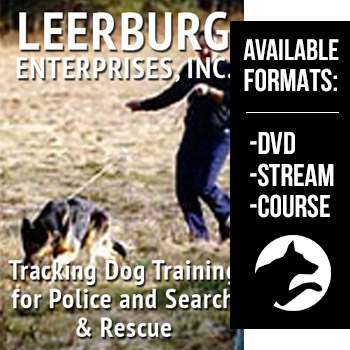
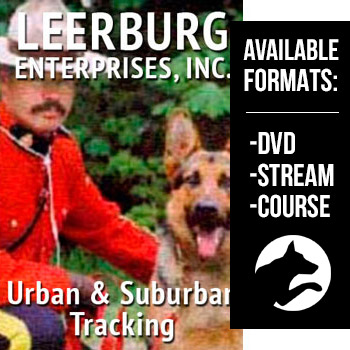

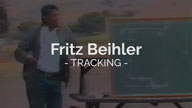
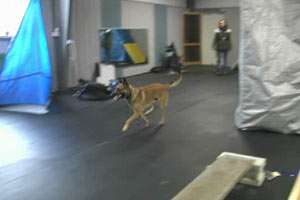
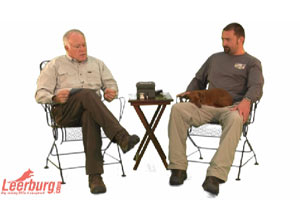
Ask Cindy.